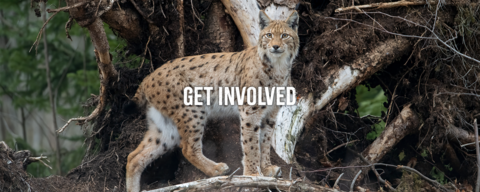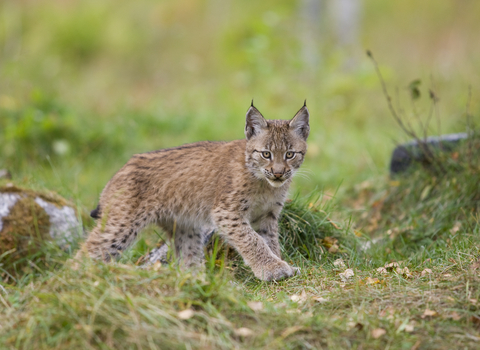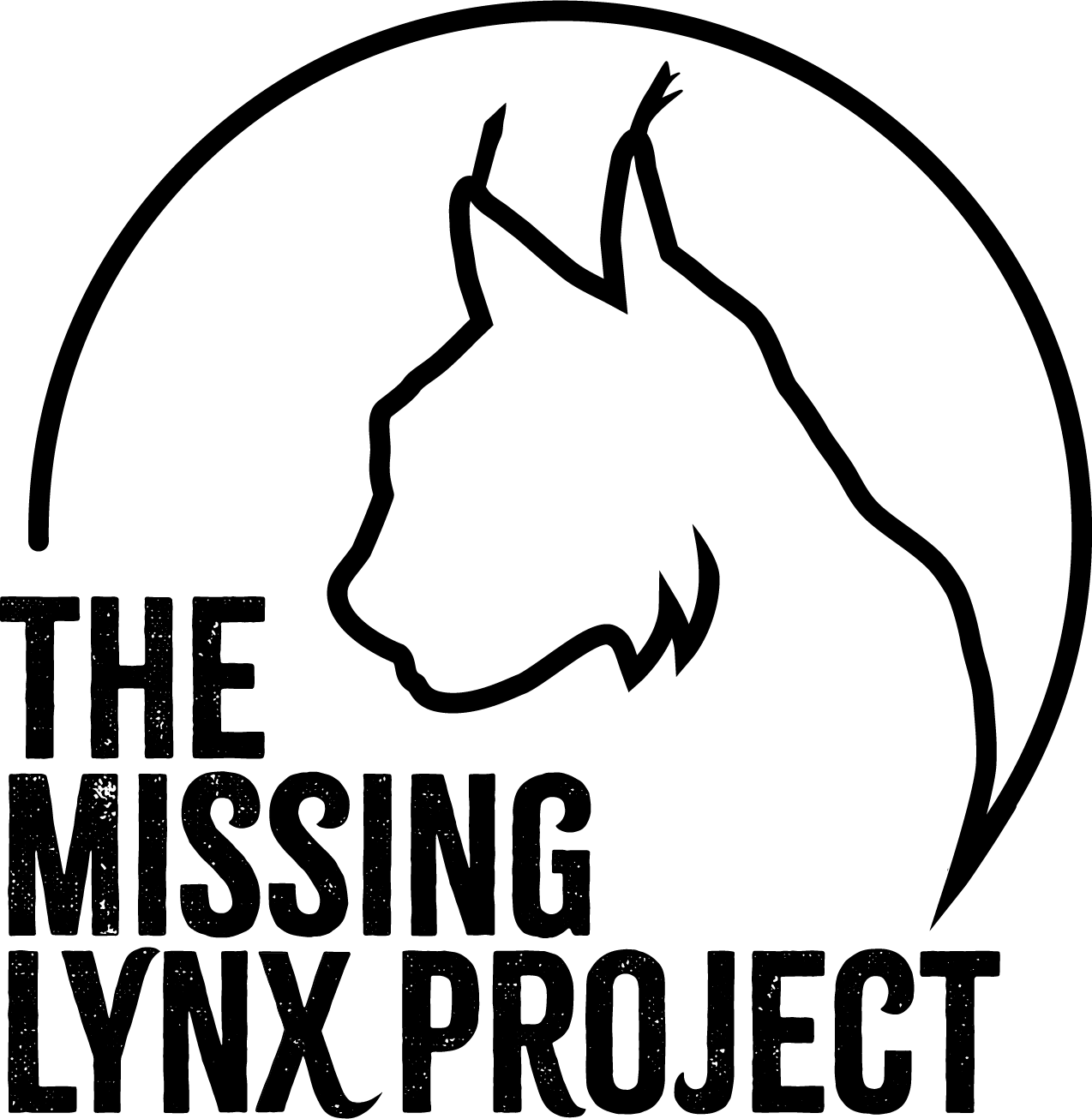
Lynx © Berndt Fischer
Lynx could only be brought back to Britain if the conditions are right – that includes having somewhere that local people are accepting of the animal back in the landscape.
The Missing Lynx Project is investigating the return of lynx to a habitat patch in north-west Northumberland, the edge of Cumbria and bordering parts of southern Scotland. We know that the habitat in this area is suitable for lynx, but it’s just as important that people are accepting of a lynx reintroduction.
The Missing Lynx Project is exploring views on lynx reintroduction – we want to hear from as many people as possible.
Questionnaire
As part of The Missing Lynx Project’s social engagement, we shared questionnaires to collect views on lynx from people in the project area. We had just over 1,000 responses from people in the region, with 72% supporting the idea of a lynx reintroduction. Now, we’re continuing discussions with people and communities in our project area, exploring how any future lynx reintroduction could bring the most benefit to people and wildlife.
We’re also sharing a new questionnaire with a wider audience to get a better understanding of the nation’s views on lynx reintroduction.
Focus groups
We helped set up focus groups in our project area to have an on-going and longer-term involvement with the project. As well as farming, forestry and business focus groups, there is a Lynx Community Group – directed by the local community, for the local community.

Lynk kitten © Mark Hamblin/scotlandbigpicture.com
Missing Lynx newsletter
Get monthly updates from The Missing Lynx Project straight to your inbox. Our newsletter is packed with lynx facts, project updates and stories about lynx from Europe and beyond.
